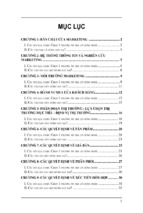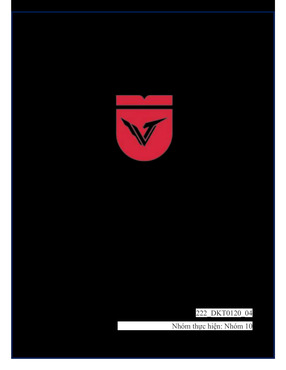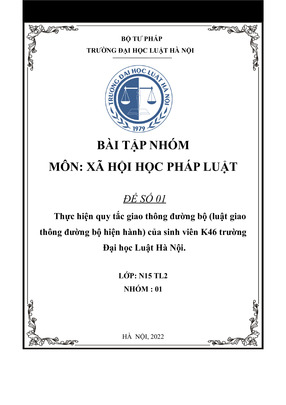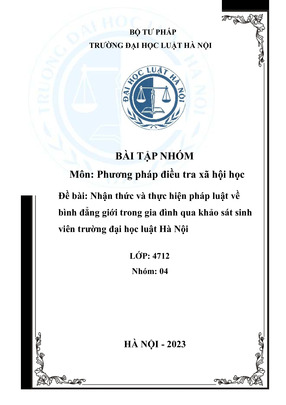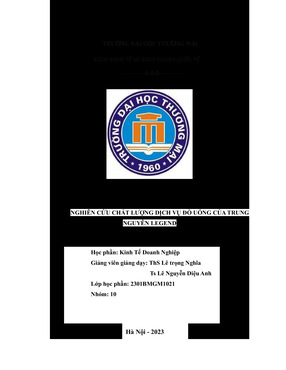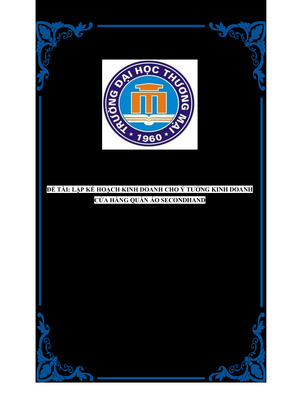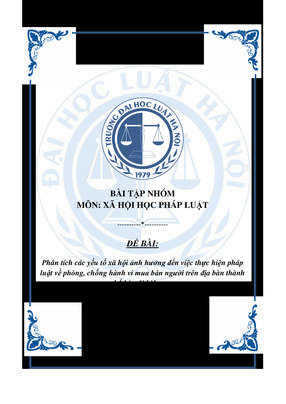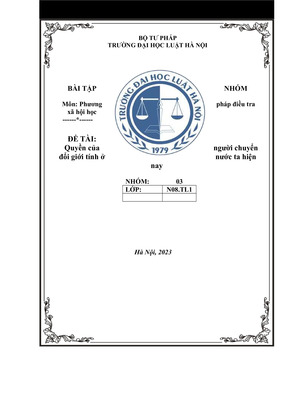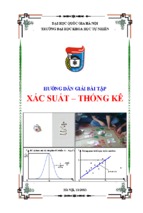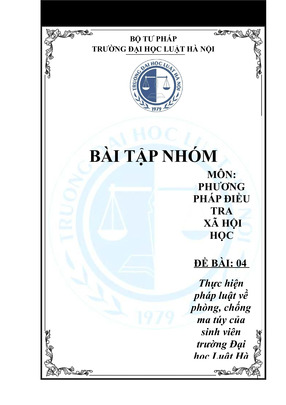High level changes from the new Laws on Credit Institutions (effective 1 Jan
2011) (LCI)
1. Definition of credit
institutions
According to LCI, foreign branch branches are no longer
defined as credit institutions. Therefore new regulations
must mention FBB if they are to be applied to FBB
2. Definition of credit
provision
LCI defines the provision of credit facilities to include
loans, guarantee, factoring, discount & other types of
credit facilities. Factoring is now defined as a form of
credit provision.
“Discount” is more broadly defined to cover the purchase
of valuable papers and transferable instruments; and
discount is with recourse and for a period of time.
3. Lending restrictions
towards Parent
Bank:
VL & BGL are not allowed to provide credit facilities to
Parent Bank (Article 126). (Refer definition of Credit
facilities above)
VL & BGL are not allowed to provide credit facilities to
customers based on any kind of loan security provided by
the Parent Bank
VL & BGL are not allowed to provide any kind of loan
security to other credit institutions to provide credit
facilities to Parent Bank.
4. Lending restrictions
towards Executives
& related parties
VL is not allowed to provide credit facilities to members
of Board of Directors, Board of Controllers, CEO and
Deputy CEO and equivalent executives. This prohibition
is applied to parents, spouse, children of these persons.
BGL is not allowed to provide credit facilities to BGL
CEO and Deputy CEO and equivalent executives. This
prohibition is applied to parents, spouse, children of these
persons.
5. Other lending
restrictions
VL & BGL is not allowed to provide credit facilities on
preferential conditions or unsecured for the following
persons: (i) external auditors/audit company, inspector,
(ii) chief accountant of VL & BGL, (iii) major
shareholder/owner, (iv) credit appraiser and credit
approver and (v) the bank’s subsidiaries. Total credit
exposure to (i, ii, iii, iv) must not exceed 5% the bank’s
equity.
6. Single customer
credit exposure
(SCCE)
must not exceed 15% of VL or BGL’s equity (not on
Parent Bank’s equity)
Single customer credit exposure for a customer and its
related parties must not exceed 25% of VL or BGL’s
equity (changed from 50%).
SCCE excludes entrustment lending and borrowings
from other credit institutions.
1
SCCE includes investment in corporate bonds issued by
customers
Special approval for SCCE excess must be obtained from
Prime Minister of VN and total not exceeding 4 times of
the bank’s equity.
Note: Credit exposure means exposures for loan, discount, finance
lease, factoring, guarantee and other types of credit facilities and
investment in corporate bonds
This is new definition. Previously Circular 13 only regulate Total
Loan Exposure (15%) and Total loan and guarantee exposure (25%)
for a single borrower; Total Loan Exposure (50%) and Total Loan
and Guarantee Exposure (60%) for a group of related parties.
7. Use of Capital
VL can use its charter capital & reserves to make capital
contribution to establish or buy a subsidiary, an affiliate
operating in the following areas: (i) securities (securities
issuance underwriting, trader, distribution of funds units,
securities portfolio management and stock trading); (ii)
finance leasing, (iii) insurance.
VL can buy shares or contribute capital in enterprises
working in insurance, stock, remittance, foreign
exchange, gold, factoring, card issuance, consumer
lending, payment intermediary, credit information. Total
investment should not exceed 11% of that enterprise’s
chartered capital.
Total capital used for capital contribution or share
purchase in an enterprise or its subsidiaries/affiliates
must not exceed 40% of the bank’s charter capital &
reserves.
8. Charter capital
Must maintain net value of charter capital or granted
capital (for foreign bank branches) equal to regulatory
capital as minimum.
9. Prudential ratios
Apart from the existing 5 ratios (liquidity ratio, capital
adequacy ratio, maximum use of short term funding to
extend medium and long term loans, FX/gold position as
compared to equity, Loan/Deposit ratio), the new law
introduces the ratio of medium & long term
Deposit/medium & long term Loan.
10. Trading of properties
It is not allowed, except for (i) the case of buying,
investing and owning properties for the purpose of its
own office building, (ii) leasing part of its owned
building, (iii) properties held from mortgage security
enforcement
11. License withdrawal
New conditions introduced e.g. violation of compulsory
reserve requirements, breach of prudential ratios
compliance, dissolution of parent bank
12. Special supervision
Banks can be put under special supervision by SBV if falling
2
into one of following scenarios
Liquidity issues (demonstrated via 3 consecutive times of
non-compliance to liquidity ratios)
Uncollected bad debts (bad debts >= 10% total loan
exposure or >= 100% equity within 3 consecutive
months)
Accumulated loss greater than 50% charter capital &
reserves.
Min CAR ratio not maintained within 1 year or less than
4% within 6 consecutive months
2 years ranked by SBV as poor performance
13. Policies
9 internal policies must be in place and approved by the
Board of Directors e.g. risk management policies, credit
policies, loan classification and provisioning policy,
capital adequacy compliance policy, liquidity
management policy, internal control and internal audit
policy, credit rating policy, KYC & AML policy, crisis
management policy
14. Reporting to SBV
Within 180 days from financial year end, audited
financial statements of Parent Bank must be submitted to
SBV
Reporting is required to SBV on changes in organisation
structure, corporate governance, financial situation and
other changes which seriously impact the business and
operations of the bank.
15. Information
confidentiality
CIs must not disclose information relating to account,
deposit, assets and transactions of customers to other
parties unless as required by competent authorities or
consented by customers.
16. Back up site
CIs must build its back up site to ensure business safety
and continuity
17. Licensing
Apart from commercial banking activities, banks are
allowed to offer services in advisory including corporate
finance advisory, M&A advisory and investment
advisory; trading government bonds and corporate bonds;
monetary broker services.
Need to apply to SBV if these activities are not
mentioned in the bank’s license.
18. Corporate
governance
A number of new requirements on corporate governance
e.g. term of Board, qualifications of Board members,
conditions for Board members, non-executive directors
requirements, independent & resident full time
controllers, qualifications/conditions of CEO and
executives, rights & responsibilities of Owners, Board
3
members and executives, etc.
4
- Xem thêm -

